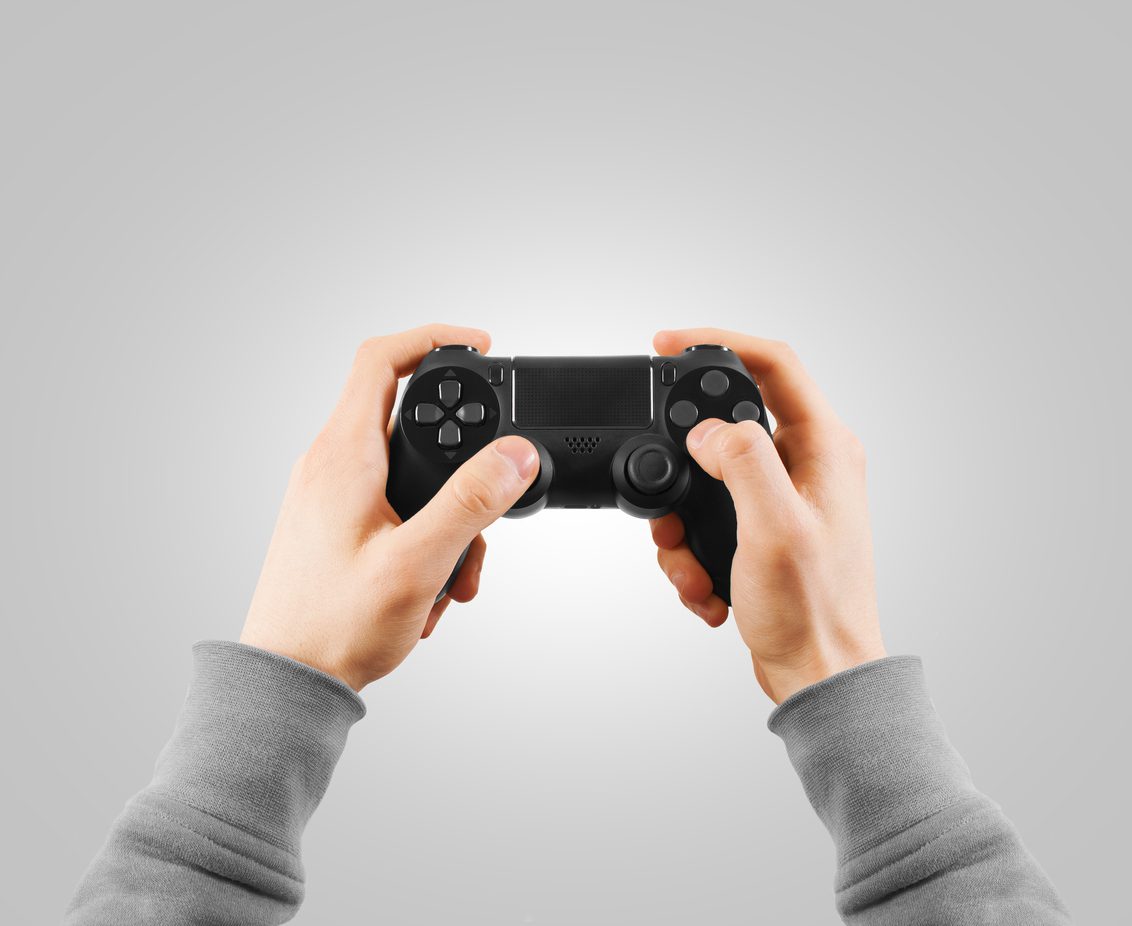♫ I want to fly like an eagle, to the sea
Fly like an eagle
Let my spirit carry me ♫
Steve Miller Band
In the modern age, there are a myriad of ways we can enjoy a bit of escapism, but stop for a moment and consider – what if you were a quadriplegic stuck in a wheelchair for the rest of your life? Would escapism not just be a pleasant distraction but fundamental to your quality of life?
To be able to fly like an eagle or visit strange new worlds is surely the perfect antidote to the constraints placed upon you every moment of every day.
Probably one of the most popular forms of escapism these days are computer games, but very few concessions are made for the disabled user who cannot properly operate the controls.
There are quite a lot of devices on the market which are tailored towards the needs of disabled users, including but not limited to:
- Sip/Puff devices – this features one or more tubes that a user can blow or suck to generate input. Some also have secondary inputs (e.g. lip position sensors) to provide some sort of analog axis input.
- Eye gaze solutions which track eye position
- Voice recognition systems
However, these devices are often limited in functionality. For example, many impersonate a mouse—meaning that if you need to generate input other than a mouse (e.g. joystick) then the device can be effectively useless. This is even more of a slap in the face when you consider what some of these custom hardware devices cost (often hundreds of dollars).
This is not all the fault of the device manufacturer. Being in the medical device business, they are often hamstrung by regulatory requirements. It is also fairly pointless for each manufacturer to have their own device configuration software, as inevitably the application from each manufacturer will not inter-operate with the software from another manufacturer. For example, consider the scenario where a user with one hand wishes to combine the input from a mouse joystick and a sip/puff device onto one emulated Xbox controller. Due to the way that virtual Xbox controller software works, only one application can drive the virtual controller at once, meaning that it is technically impossible for the software for both manufacturer’s devices to both be driving the same virtual controller.

Limitations such as this are not just a problem for disabled gamers; able-bodied gamers suffer too.
For example, flight stick type controllers typically come in two or more parts (Joysticks, throttles, and rudder pedals) but many games will only take input from one controller at a time. If all your devices are from the same manufacturer, then many (but not all) allow you to merge them into one virtual device, but if you wish to mix and match devices from different manufacturers, then you are out of luck.
Even some top end (£500+) setups do not have this functionality! It’s not just joysticks that suffer in this regard – if you wished to rebind CTRL+Left Mouse Button to something else, then typically unless you have both a keyboard and mouse from the same manufacturer, then this is simply impossible using the manufacturer’s own software.
As you can see, the needs of both able-bodied and disabled gamers are not a million miles apart. So what can we do? I’m working to produce free and open software which will bind devices from multiple manufacturers together and allow a disabled gamer to control these, so that he or she really can ‘fly like an eagle’. In a multi-player environment, they won’t fly the skies by themselves either, but they can soar above the clouds with others, free, finally, at last, in a world limited only by their imagination.
Want to learn more? Or perhaps collaborate? Get in touch. You can also find me on GitHub.




